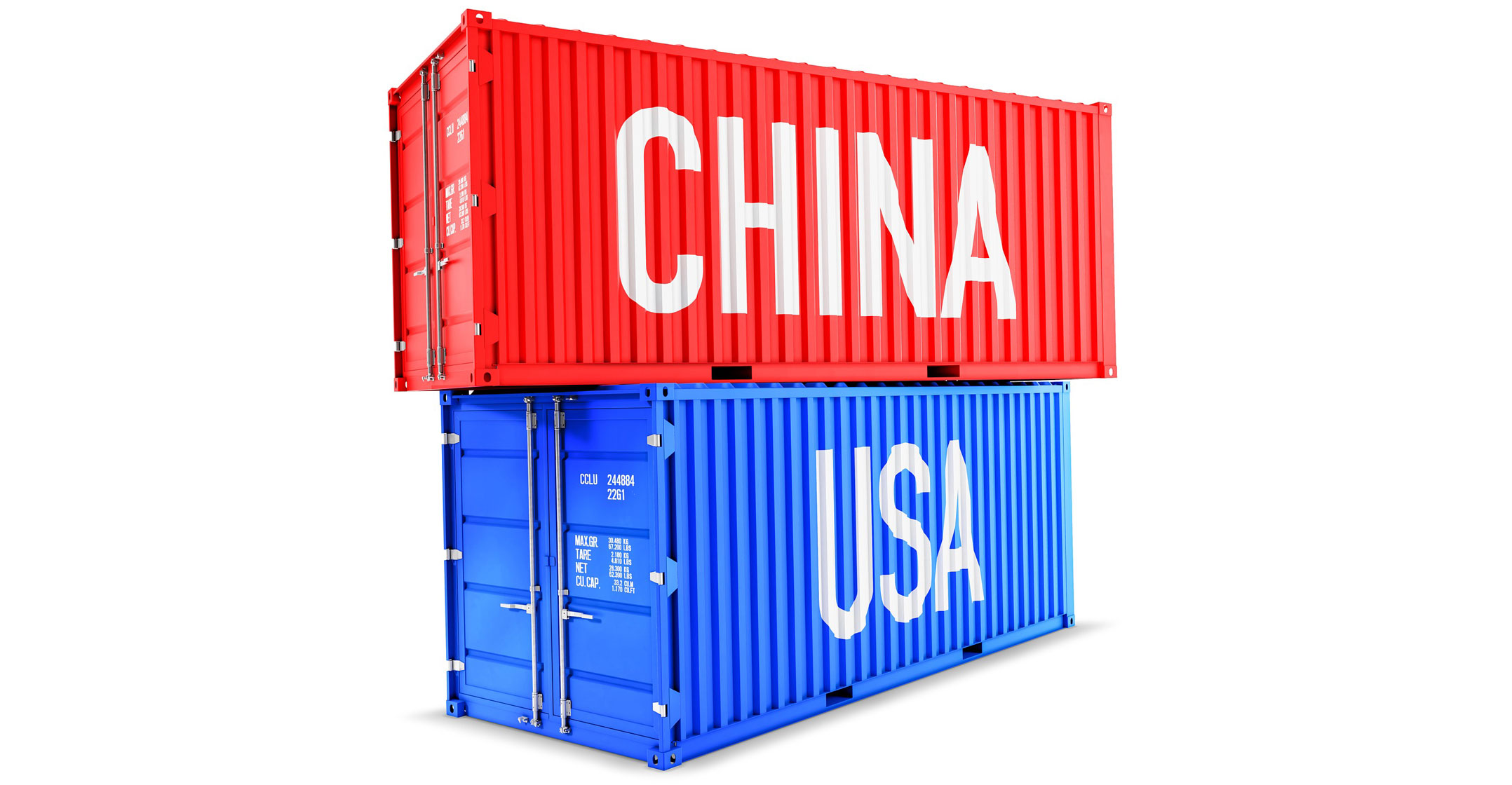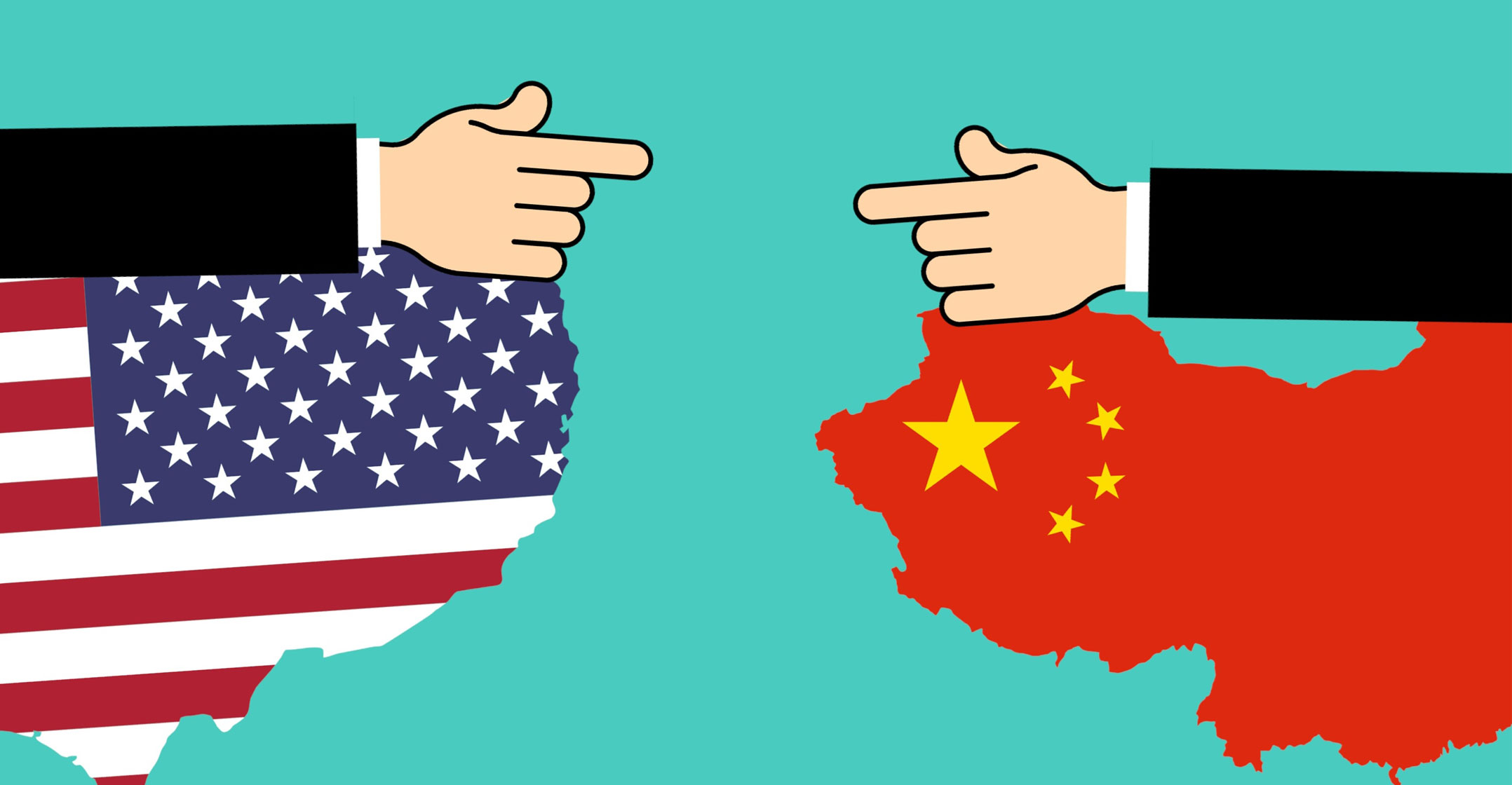 Imagine you’re a product engineer for a US device brand based in China. You’ve had to submit your passport for annual visa renewal.
Imagine you’re a product engineer for a US device brand based in China. You’ve had to submit your passport for annual visa renewal.
Without it, you can’t travel. And with heightened concerns over security and a crackdown on VPNs (which enable users to bypass Chinese censorship of the Internet), your company has decreed that all sensitive product discussions be done in-person back at HQ. But that visa renewal is taking a long time and you’re stuck in Shanghai, with your product cycle being extended by the day.
In Shenzhen, where your devices are assembled, the factory has just been raided for the third time that month. Inspectors are looking for breaches of occupational health and safety. You’ve worked hard to keep things up to code, though the rules seems to shift constantly. Minor rust on a pipe at the back of the site was all the authorities needed to shut you down pending a fix. Your site manager can’t even find any mention of rust in the regulations, and that pipe is in no worse condition than the previous two scheduled inspections. Now it’s a problem and production is halted.
A new focus on capital controls has frozen offshore remittances. Local profits can’t be sent overseas and you’re having trouble getting money to suppliers in Japan and South Korea. They won’t ship to your China factory without it.
You could try to get a loan from a Japanese bank to cover, but that takes time and the holiday shopping season is approaching. You might be forced to source locally, but nothing made in China matches your specs. To get local suppliers up to standard you’d need to invest considerable time and money, and probably purchase equipment on their behalf.
And don’t think that these hypothetical scenarios are mere fiction.
Panic mode
Concerns over the immediate future of Huawei Technologies, with its chief financial officer under arrest, are well warranted. Compatriot ZTE had its supply of US components threatened, sending executives into panic mode. The same could happen to Huawei should the US escalate the detention of Meng Wanzhou to something more broad, as some members of congress want.
US companies have a lot to lose if such a scenario sparks a backlash in China. Apple is the most obvious, with the company’s devices assembled there. It goes further: Cisco routers, Dell computers and wiring harnesses for Ford are sourced from China. Even the servers deployed by Facebook, Google and Amazon.com can be traced back to the country’s deep supply chain.
US President Donald Trump has made tariffs on Chinese imports a key plank of his presidency, and they were part of discussions with China’s President Xi Jinping the night Meng was detained in Vancouver.
 Despite the rhetoric from both sides, cooler heads have so far prevailed: Americans are still getting their iPhones and Chinese can buy Qualcomm chips.
Despite the rhetoric from both sides, cooler heads have so far prevailed: Americans are still getting their iPhones and Chinese can buy Qualcomm chips.
But increasingly, foreign components are being replaced by local versions. The same cannot be said for US hopes to replace Chinese labour, factories and supply chains. A $10-billion Foxconn Technology Group plant in Wisconsin wouldn’t even go 10% of the way to replacing the Taiwanese company’s capacity in China — assuming it reaches the scale that’s been proposed. Slow progress after more than a decade of work on automation show that robots are nowhere near making up the difference.
The middle ground has been for companies to head elsewhere, including Vietnam, Taiwan and Mexico. That will take time and, ironically, may require US funding to speed things along.
As American politicians debate a blockade of some products to China, they ought to consider the reverse. Granted, China couldn’t take such action against US interests without also damaging its own economy. At a time when growth has been slowing and global headwinds mounting, it could ill afford such a hit. Still, if the US continues to play hardball on Huawei — a national champion and key plank of China’s strategic technology ambitions — don’t rule out Beijing at least reminding American officials of the bazooka in its cupboard.
The US may have been successful in getting one Chinese citizen into custody. But China has swathes of American industry in chains. — Reported by Tim Culpan, (c) 2018 Bloomberg LP




